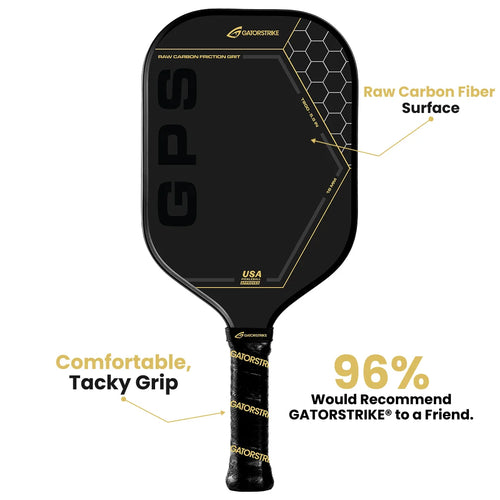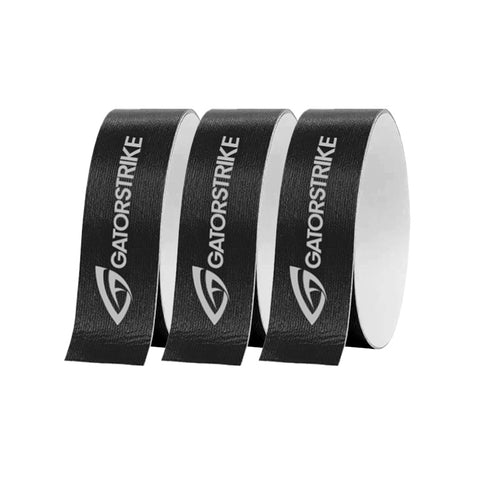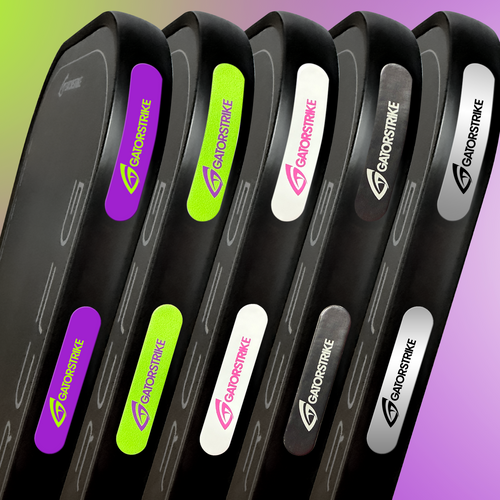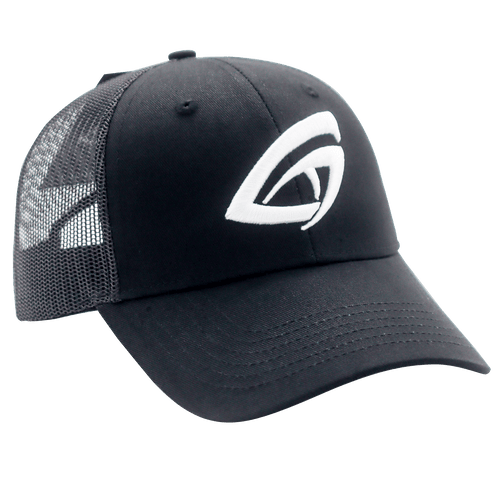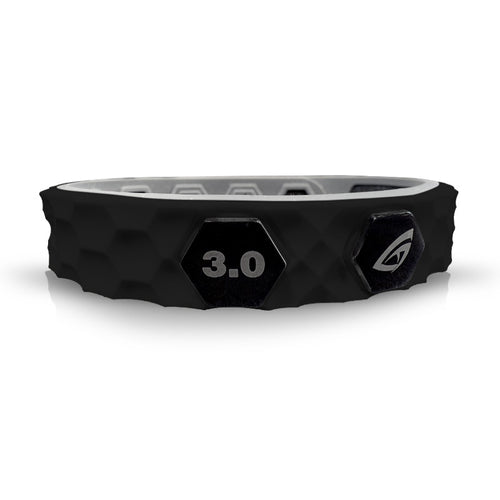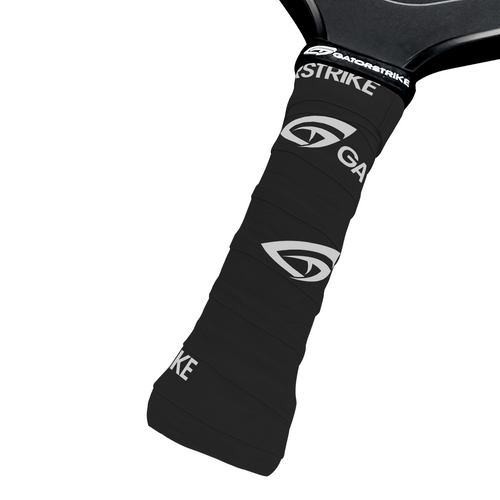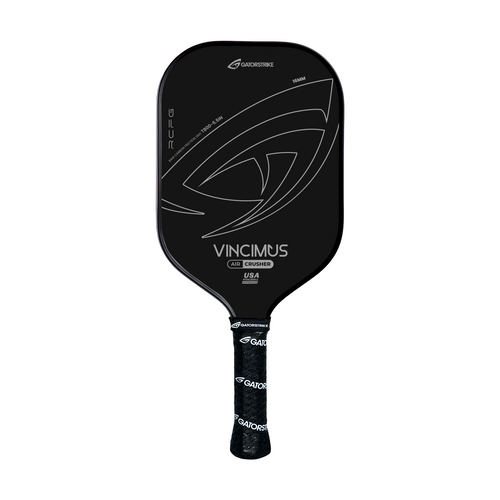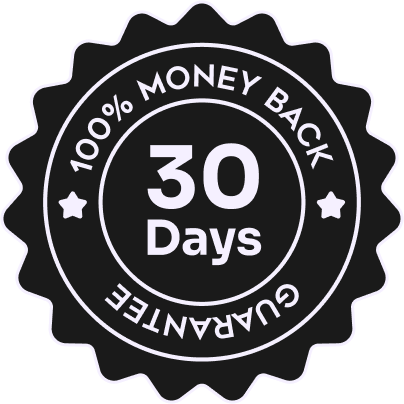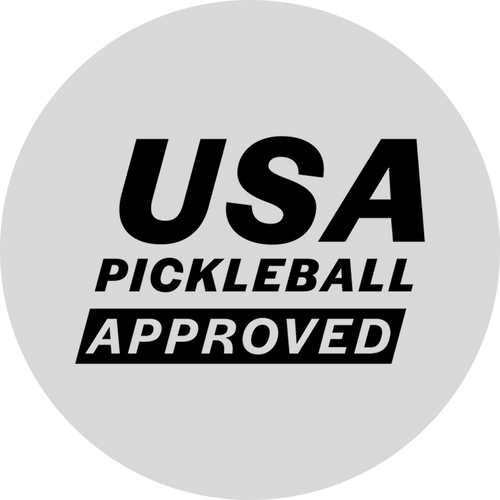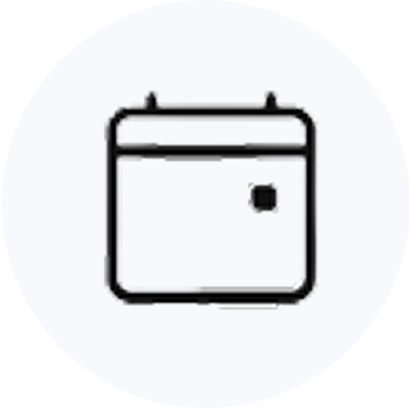
From Injury to Recovery: Rebuilding Your Game After a Setback
Share
When the Paddle Pauses
Pickleball is pure exhilaration—until it isn’t. Whether it's a twisted ankle during a heated rally or chronic elbow pain from too many overheads, injuries can put a sudden stop to your rhythm, your progress, and your pickleball joy.
But here’s the silver lining: injury doesn’t have to mean the end of your game—it can be the beginning of your comeback story.
Recovering from an injury is both a physical and mental journey. It requires strategy, patience, and a renewed appreciation for your body’s resilience. So let’s walk (not sprint!) through the stages of injury recovery and explore how to return to the court stronger, smarter, and maybe even more skilled than before.
1. The Mental Game of Setbacks: Facing the Emotional Toll
Let’s be real—injuries don’t just bruise the body. They can dent your confidence, your routine, and even your identity as an athlete. It’s easy to feel frustrated, impatient, or even embarrassed when you’re sidelined.
Here’s what helps:
- Reframe the downtime as an opportunity to reset and refocus.
- Acknowledge the loss without letting it define you.
- Stay connected to the community—even if you can’t play, you can cheer, coach, or just soak in the good vibes.
🧠 Pro Mindset Shift: You’re not “back at square one”—you’re just taking a strategic detour. Every elite player has faced the same fork in the road.
2. Diagnosis First, Ambition Later
Before you jump into rehab or start Googling “fastest way to heal a rotator cuff,” consult with a qualified professional. A sports-oriented physical therapist, orthopedic specialist, or athletic trainer can:
- Pinpoint the exact cause of your injury
- Create a targeted recovery plan
- Help you avoid re-injury from premature play
📋 Rule of Thumb: If you wouldn’t ignore it in your car (like a clunking noise), don’t ignore it in your body. Pain is a signal—not a challenge to push through.
3. Rehab Like a Champion: Small Movements, Big Gains
Once cleared for movement, embrace the slow-and-steady phase. It may not feel glamorous, but it’s where your foundation is rebuilt.
🔁 Common Rehab Components:
- Range of Motion Exercises: Regain flexibility and functional movement.
- Stabilization Drills: Strengthen the tiny (but mighty!) support muscles.
- Balance Work: Especially important after lower-body injuries.
- Low-Impact Cardio: Keep the heart and lungs in play without straining the injury site.
💡 Pickleball-Specific Tip: Reintroduce paddle movement without a ball at first. Shadow swings help restore neural patterns and grip comfort.
4. Rebuilding Fitness Without Reinflaming the Injury
Even if you can’t play yet, you can stay in shape and maintain an athlete’s mindset.
💪 Cross-Training Ideas:
- Swimming or Aqua Jogging: Low impact, full-body conditioning.
- Stationary Biking or Elliptical: Joint-friendly cardio for lower-body rehabs.
- Pilates or Yoga: Improve core stability, flexibility, and body awareness.
🌀 Bonus Benefit: These modalities often reveal imbalances that contributed to the injury—so you’re not just healing, you’re evolving.
5. The Art of the Return: Easing Back to Play
When you finally get the green light, resist the urge to jump straight into tournaments or intense drills. Instead, treat your comeback like a gradual onboarding process.
🟢 The Comeback Checklist:
- Start with half-court drills and gentle dinking.
- Rebuild stamina with shorter sessions (30–45 mins).
- Practice split-step footwork to reinforce coordination without full-speed movement.
- Track your pain scale during and after play. (1–2 is tolerable, 5+ means stop.)
🎯 Think of your return as a progression, not a performance.
6. Prevent the Replay: Building a Resilient Body
Your injury is now part of your player story—but it doesn’t have to be the ending.
Here’s how to guard against future setbacks:
- Warm up thoroughly. Think mobility circuits, not just a few shoulder swings.
- Strength train year-round. Focus on joints, stabilizers, and rotational muscles.
- Improve your mechanics. Poor technique is often a hidden saboteur.
- Rest like a pro. Don’t underestimate sleep, hydration, and recovery days.
🔁 Pro Philosophy: Injury prevention is part of training—not a separate category.
7. Lessons From the Sideline: What Injury Teaches Us
Strangely enough, many players come back better after an injury. Why? Because time away fosters:
- Greater body awareness
- Appreciation for technique over brute force
- Mental resilience that translates into clutch performance under pressure
What starts as a setback often evolves into a pivot point—one that sharpens not just your skills, but your mindset.
Final Rally: Comeback > Setback
Injury may pause your play, but it doesn’t have to bench your passion. With the right tools, mindset, and support, you can return to the court smarter, stronger, and more self-aware than ever before.
So take your time. Listen to your body. Celebrate small victories. And when you're ready—step back on the court with pride. You didn’t just recover... you rebuilt. 🏓💪✨
